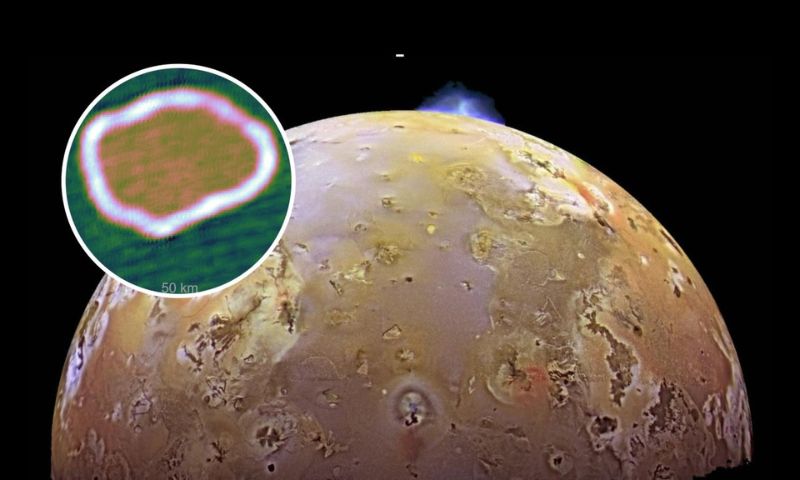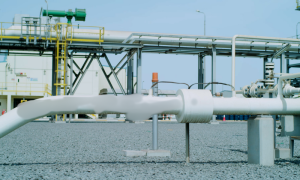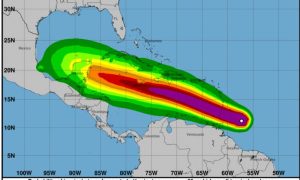NEW YORK: NASA’s Juno mission has captured infrared images of active lava lakes present on the surface of Jupiter’s moon Io, which show hot rings of the eruption surrounding a cooler crust.
Using infrared imaging, Juno captured detailed pictures showing hot rings of eruptions surrounding cooler crusts on Io’s surface. These rings appear bright white and exhibit thermal signatures ranging between 450 and 1,350 degrees Fahrenheit (232 to 732 degrees Celsius), while the surrounding crust remains much cooler, measuring around minus 45 degrees Fahrenheit (minus 43 degrees Celsius), as reported by Space.
“We now have an idea of what is the most frequent type of volcanism on Io: enormous lakes of lava where magma goes up and down,” explained Alessandro Mura, a Juno co-investigator from the National Institute for Astrophysics in Rome.
Mura further described the process: “The lava crust is forced to break against the walls of the lake, forming the typical lava ring seen in Hawaiian lava lakes.”
Io, known for its intense volcanic activity, features lava lakes where magma continuously cycles through rising and falling motions. This dynamic process results in the formation of distinctive lava rings, similar to those observed in volcanic lakes on Earth.
The primary hypothesis suggests that magma upwelling beneath the surface causes the lava lakes to experience these fluctuations. As magma rises, it interacts with the crust, creating the observed rings as it breaks against the lake’s walls, which can tower hundreds of meters high.
Alternatively, a secondary hypothesis maintains that magma wells up in the center of the lake, pushing the crust outward until it sinks along the lake’s edges. This process, too, exposes lava along the lake’s perimeter and contributes to the formation of lava rings.
Io’s unique geology and volcanic activity make it a fascinating subject for scientific study. Its volcanic landscape, dominated by sulfur and silicate deposits, is constantly reshaped by these explosive eruptions and lava flows.


























